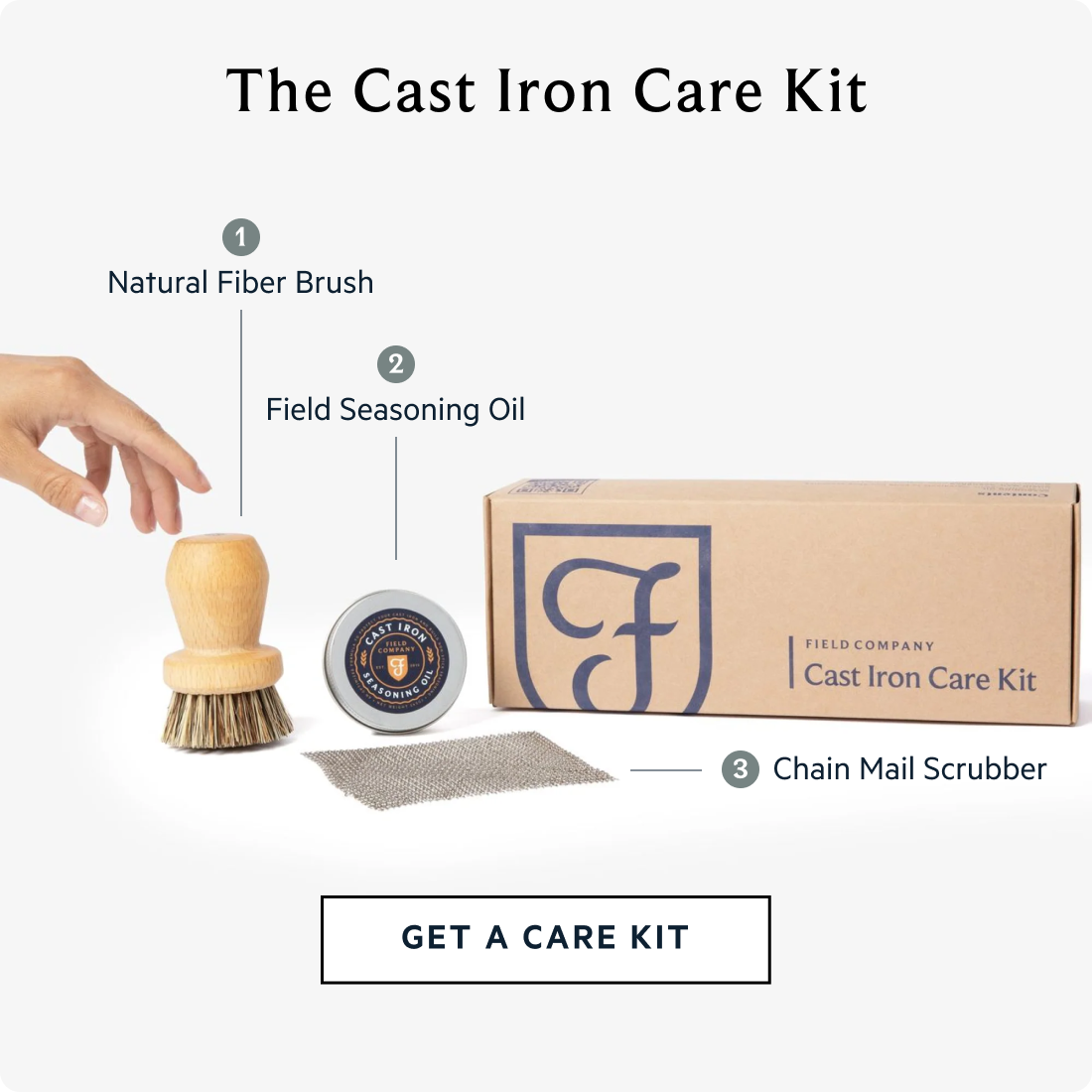Centuries of Proof
Cast iron’s story begins in 5th century BCE China, where innovators discovered how to use molds to cast molten iron into various shapes, including cookware. These early advancements laid the foundation for a material that would become indispensable for generations to come.
By the 17th century, cast iron cookware had become a household staple in colonial America. Families relied on it for cooking over open hearths, and its durability made it an essential part of daily life.
In the 18th century, as stoves became more common, flat-bottomed cast iron pans were introduced. These replaced earlier versions that featured rounded bases and “feet” designed to sit directly in the fire. The shift reflected changing cooking methods and showcased cast iron’s adaptability.
A Golden Age for Cast Iron
The 19th century marked a golden age for cast iron cookware. Advances in manufacturing made it more affordable and widely available. Iconic brands like Griswold (founded in 1865) and Wagner Ware (founded in 1891) elevated cast iron to a new level of craftsmanship, producing pieces that are still treasured by collectors today–including us! We inherited a number of vintage cast iron pans from the 1930s from our grandmother that sparked the idea for Field!
During this time, the modern-style skillet rose in popularity, thanks to wood and coal stoves that enabled more precise cooking. Cast iron’s durability and even heat distribution made it an ideal choice for home cooks and professionals alike.







